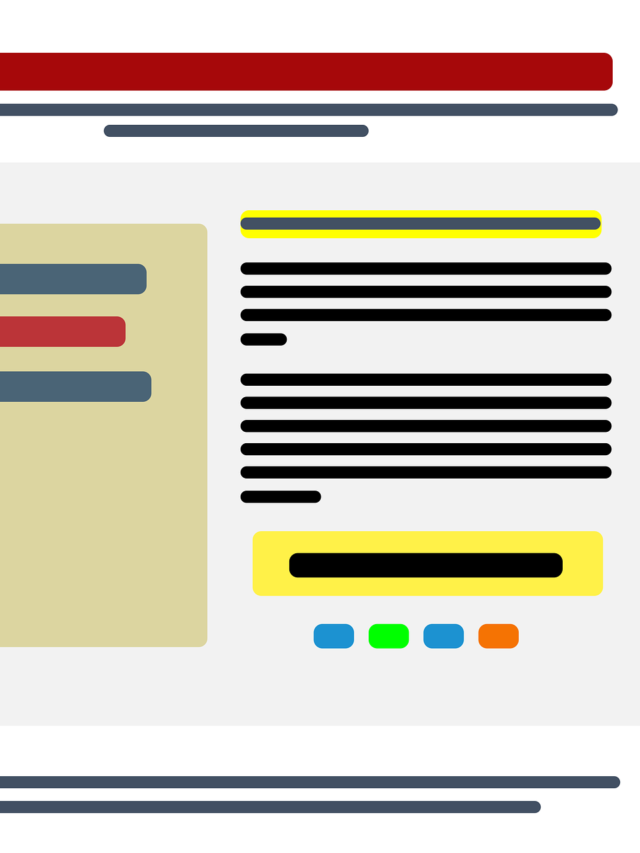Google Issues Warning About Quirks in Some Hreflang Implementations

Google has issued warnings to webmasters about common issues with hreflang tag implementations that can negatively impact a website’s international SEO efforts. Hreflang tags are essential for websites targeting multiple languages and regions, as they help Google understand the correct language and regional URLs to serve to users based on their search settings. However, improper implementation can lead to significant problems. Here are some of the most common issues and how to avoid them.
1. Missing Self-Referencing Hreflang Tags
One of the most common mistakes is omitting self-referencing hreflang tags. Each page must include a hreflang tag that references itself. Without this, Google might ignore the hreflang tags altogether. For instance, if you have a page in English and its Spanish variant, both pages should include hreflang tags for themselves and each other.
2. Incorrect Language and Region Codes
It’s crucial to use the correct ISO 639-1 language codes and ISO 3166-1 Alpha 2 country codes. For example, “en” for English, “es” for Spanish, “fr” for French, etc. Using incorrect or non-standard codes can lead to Google misinterpreting the hreflang annotations. Always ensure that your language and region codes are valid and accurately reflect the content and target audience of your pages.
3. Misconfigured Return Tags
Another frequent issue is the lack of reciprocal links. If Page A links to Page B using hreflang, Page B must also link back to Page A. This bi-directional linking is crucial for Google to understand the relationship between the different language versions of your pages. Missing these return tags can cause Google to disregard the hreflang annotations.
4. Using Relative URLs
Hreflang annotations must use absolute URLs, including the protocol (http/https). Relative URLs can cause errors as they do not clearly specify the exact location of the alternate pages. For instance, instead of using /es/page, use https://www.example.com/es/page.
5. Inconsistent Protocols
Ensure consistency in protocols across all hreflang annotations. If your site is on HTTPS, all hreflang tags should use HTTPS. Mixing HTTP and HTTPS can confuse Google and lead to indexing issues.
6. Targeting Incorrect Regions
Avoid using invalid or non-existent regions in your hreflang tags. Google recognizes specific country codes, so make sure you are targeting valid regions. For example, you cannot target the EU as a whole; instead, you need to specify individual countries like “fr” for France, “de” for Germany, etc.
7. Duplicate and Incorrect URLs
Each hreflang tag should point to the exact equivalent page in the specified language. If a product page in English points to a category page in Spanish instead of the specific product page, Google might ignore the hreflang tag. Ensure that each URL is correctly paired with its exact counterpart in other languages.
8. Indexable URLs
All URLs referenced in hreflang tags must be indexable. This means they should not be blocked by robots.txt, have a noindex meta tag, or return errors like 404 (Not Found) or 500 (Server Error). Only canonical, indexable pages should be included in hreflang annotations to ensure proper indexing and ranking by Google.
9. Multiple Hreflang Tags
Sometimes, a single page might serve multiple audiences. In such cases, you can use multiple hreflang tags for the same URL, targeting different languages or regions. However, make sure not to overlap or conflict the settings, as this can confuse search engines.
Proper hreflang implementation is essential for international SEO success. Regularly audit your hreflang tags using SEO tools like Screaming Frog or DeepCrawl to identify and fix common issues. Ensuring that hreflang tags are correctly set up helps Google deliver the right content to the right users, improving your site’s visibility and user experience across different languages and regions.
FAQs About Hreflang Implementations:
Hreflang is an HTML attribute used to specify the language and optional region for a webpage. It helps search engines like Google understand the geographical targeting of the content on your website and serve the correct version to users based on their language settings.
Hreflang tags are crucial for international SEO. They ensure that users see the correct language version of a webpage, improving user experience and engagement. Proper implementation prevents duplicate content issues by clarifying which version of a page should be shown to users in different regions.
Use SEO tools like Screaming Frog, DeepCrawl, or Google Search Console to audit and validate your hreflang tags. These tools can identify common issues such as missing self-references, incorrect URLs, and non-indexable pages.
Yes, you can specify multiple hreflang tags for a single URL to target different language and region combinations. Ensure that each tag points to the correct version of the page.
Review the errors and correct any issues such as missing self-referencing tags, incorrect language or region codes, or invalid URLs. Regular audits and maintenance of hreflang tags are essential to ensure proper implementation and performance.







